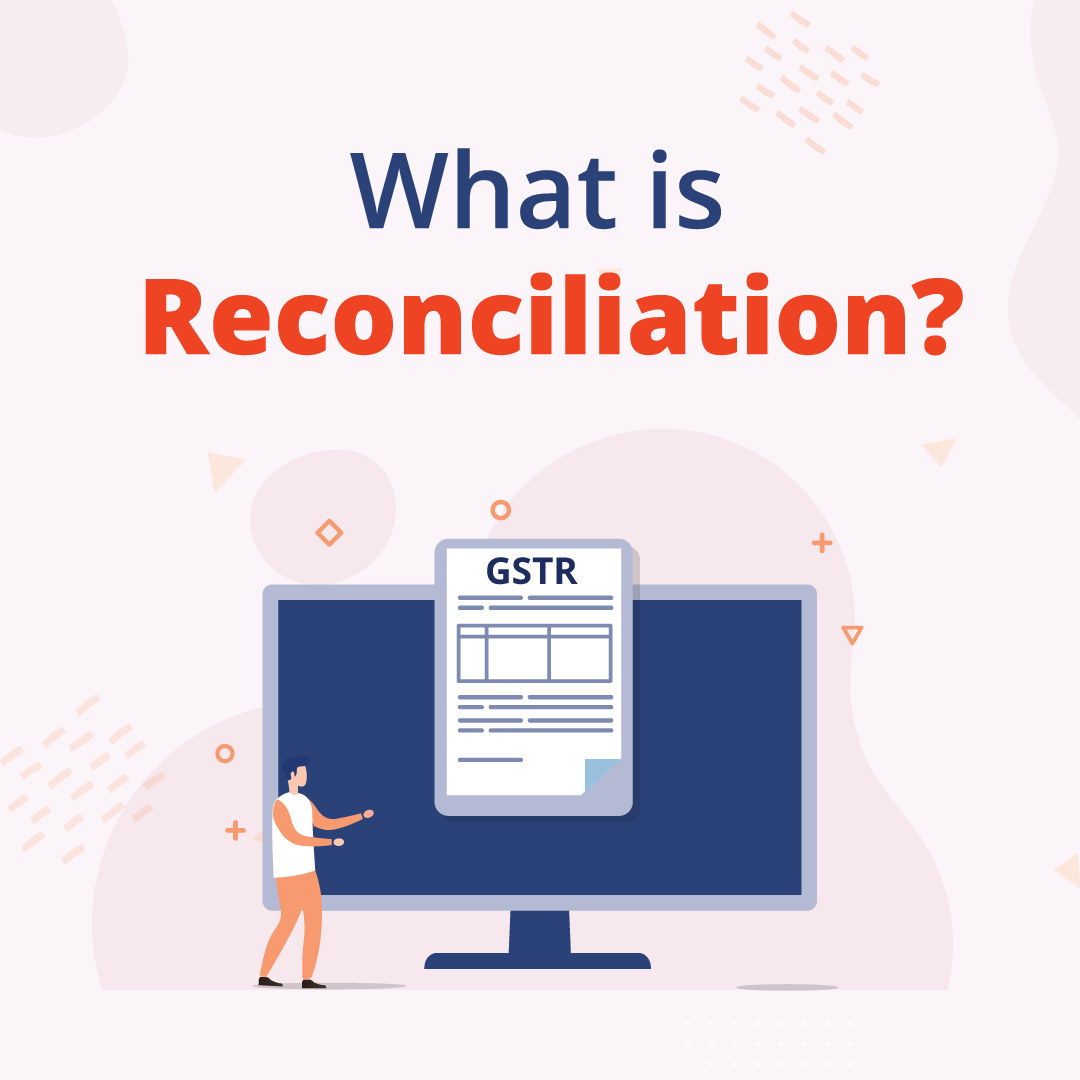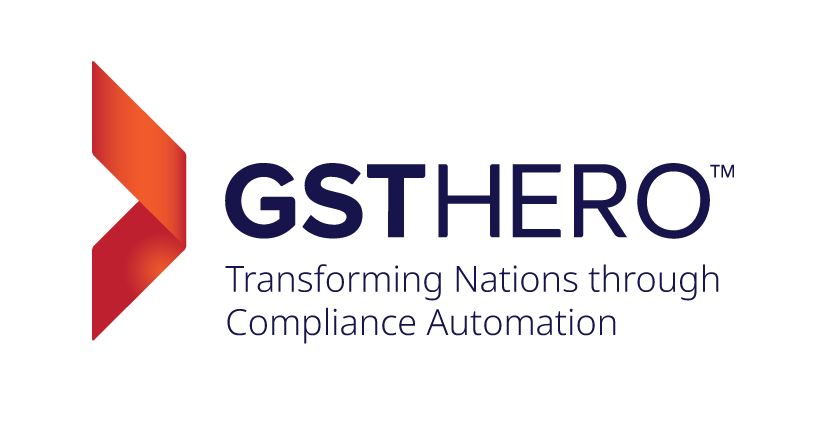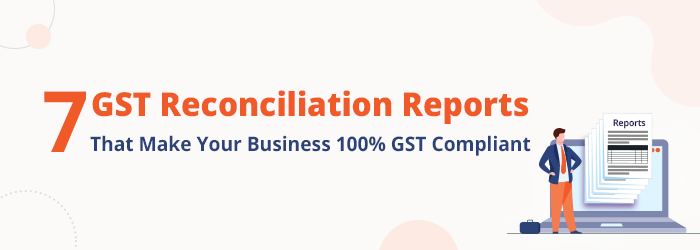What is Reconciliation?

There are various reconciliation required under GST, some of them are as follows: -
2A/2B v/s Purchases
Meaning of 1st Aspect
Meaning of 2nd Aspect
These are the details of purchases with the taxpayer.
GSTR-1 v/s 3B
Meaning of 1st Aspect
Supplier files his details of outward supplies in this statement.
Meaning of 2nd Aspect
These are the periodic return filed by the taxpayer that covers all the details for that particular period such as outward supply, inward supply, tax amount, interest or penalty if any, etc.
Importance
GSTR-2A/2B v/s 3B
Meaning of 1st Aspect
Supplier files his GSTR-1 and it gets reflected under GSTR-2A and 2B of recipient.
Meaning of 2nd Aspect
These are the periodic return filed by the taxpayer that covers all the details for that particular period such as outward supply, inward supply, tax amount, interest or penalty if any, etc.
Importance
GSTR 1 vs books of accounts
Meaning of 1st Aspect
Supplier files his details of outward supplies in this statement.
Meaning of 2nd Aspect
Books of accounts is the place where the primary transactions taken place in an organisation is recorded.
Importance
GSTR 2A vs Books of accounts
Meaning of 1st Aspect
Supplier files his GSTR-1 and it gets reflected under GSTR-2A and 2B of recipient.
Meaning of 2nd Aspect
Books of accounts is the place where the primary transactions taken place in an organisation is recorded.
E-Invoice vs GSTR-1
Meaning of 1st Aspect
E-invoice is uploaded by the eligible taxpayer for every B2B transaction.
Meaning of 2nd Aspect
Supplier files his details of outward supplies in this statement.
Importance
GSTR 1 v/s e-way bill
Meaning of 1st Aspect
Supplier files his details of outward supplies in this statement.
Meaning of 2nd Aspect
Wherever movement of goods is involved, E-way bill is required to be filed.
Importance
So, it can be concluded that reconciliation plays a vital role under GST just like any other reconciliation.
All the above-mentioned reports are needed for under GST as GST is a very complex tax regime and requires detailed work as well as detailed checking.
Indirect tax is an integral part in any business enterprise. It is entangled in every transaction.
So, checking every detail is prerequisite before uploading any return or finalising any data.
I hope that this article was suitable for your query.
Thank you

Claim upto 100% Input Tax Credit
Easiest GSTR 2B Reconciliation With Reverse ERP Integration

